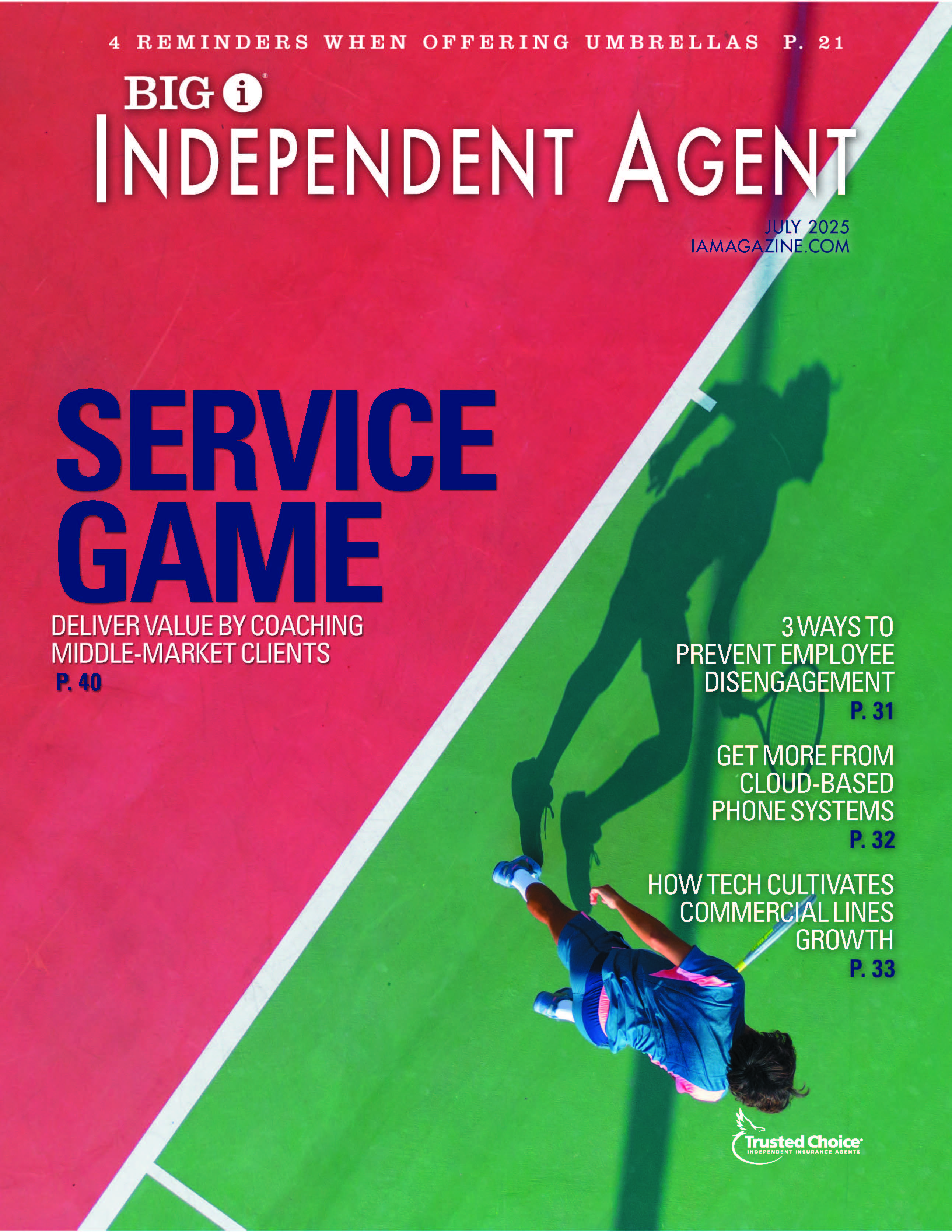Ants, Elephants and Brand Strategy
By: Tony Wessling
| Are you a broker or agent looking to acquire another agency or part of the leadership at a carrier that is contemplating a merger or acquisition of another company? What is your brand strategy for after the deal has closed? You may not have realized that you need one, or that sometimes an ant needs to swallow an elephant. Ants and elephants? What does that have to do with brand strategy? Plenty, it turns out. Ants are small but remarkably strong for their size. They also adapt to almost any environment, including the manmade one. Elephants, on the other hand, are remarkably strong but not in direct proportion to their size. In fact, they have innumerable weaknesses due to their prodigious presence and can only survive in an environment that is kept free of change. In mergers & acquisitions, a lot of time and effort is spent in valuation of the business assets of the company being acquired. Almost always, the company with greater assets (the elephant) is acquiring one of fewer assets (the ant), which makes obvious business sense. The bigger company then goes on, in an almost perfunctory manner, to swallow up and eventually (or rapidly) eliminate the brand of the acquired company. This does not always make the most sense. What if the smaller company actually has far more potential brand value? Brand value is an asset that is often overlooked because it is intangible, and in the case of M&A, the acquiring brand tends to think of itself as a victor and of their acquisition as the vanquished. But when the brand narrative of the victor is far less compelling than that of the vanquished, it is up to leadership to swallow their pride and allow the larger company’s brand to be subsumed by the potentially more powerful brand of the smaller. This is not an easy opportunity to identify, nor is it an easy decision to make. This scenario plays out across the globe on a regular basis. There are several companies in different industries that have wrestled, or are wrestling, with this exact challenge. Norwest Bank assumed the storied Wells Fargo brand after a merger. Singaporean-based Neptune Orient Lines, a large logistics and transportation company, acquired famed steamship line American President’s Line, and kept the APL branding alive to leverage its top-of-mind awareness in the market. Sometimes, it’s complicated even more by the existence of family names on the doors. Think it was hard for the Norwest board to give their company’s venerable name the axe? What if the acquiring company was named Smith, and there were three generations of Smiths sitting on that board? We might just have Smith Bank gracing the corners of busy intersections or anchoring a corner of a strip mall somewhere in this country. But it’s doubtful. Smith Bank likely would have failed. A Norwest-branded bank would probably have gone down, too. Only Wells Fargo possessed the brand narrative that was able to propel the merged bank to national, and now global, success. Not that the Smiths aren’t lovely people who achieved great things—it’s just that Henry Wells and William G. Fargo became a mythic part of an epic story to which customers could relate and with which they desired to be associated. The Smiths might have had an interesting uncle or two in the family, and certainly being well-known for your participation in the local chamber of commerce counts for something. But Wells Fargo they ain’t. If the Smiths in this example were to come to an understanding of the power of narrative, however, they would be able to leverage that power for even greater achievement and bring immense prestige to their family name, even if it ended up not being the name on the door. So, with branding, it often makes more sense for the ant to consume the elephant and assume its size. Think of it this way: Regular ants are powerful enough. Giant ants would be practically unstoppable. Tony Wessling (tonywessling.blogspot.com) is the founder and managing principal of Chromium, a branding agency that specializes in combining strategy, identity and culture to build brand value. | Letting Clear Heads Prevail When Wells merged with Norwest Bank, it was a moment of reckoning. Although Norwest was the nominal “survivor” of the merger, the bank, under the leadership of CEO Richard Kovacevich, made the fateful decision to forgo the spoils of victory and assume the Wells Fargo brand. Can you imagine the fight in the boardroom? There would be the staunch believers in the Norwest brand—after all, hadn’t they built it up from nothing and steered it through adverse waters, and now they were going to let the Norwest name go? Then there would be the clear thinkers who could see a future where the Wells Fargo stagecoach would ride proudly across the country and around the world. Good branding prevailed. —T.W. |










